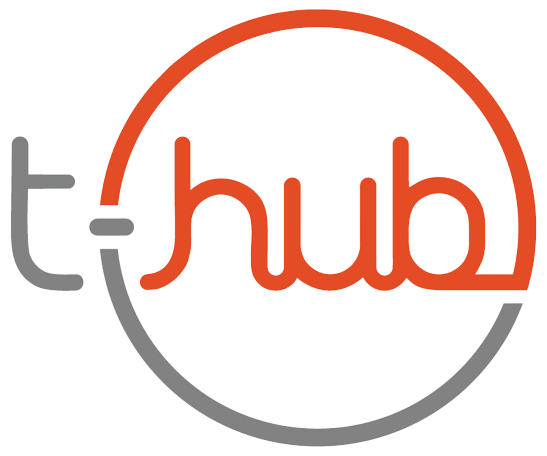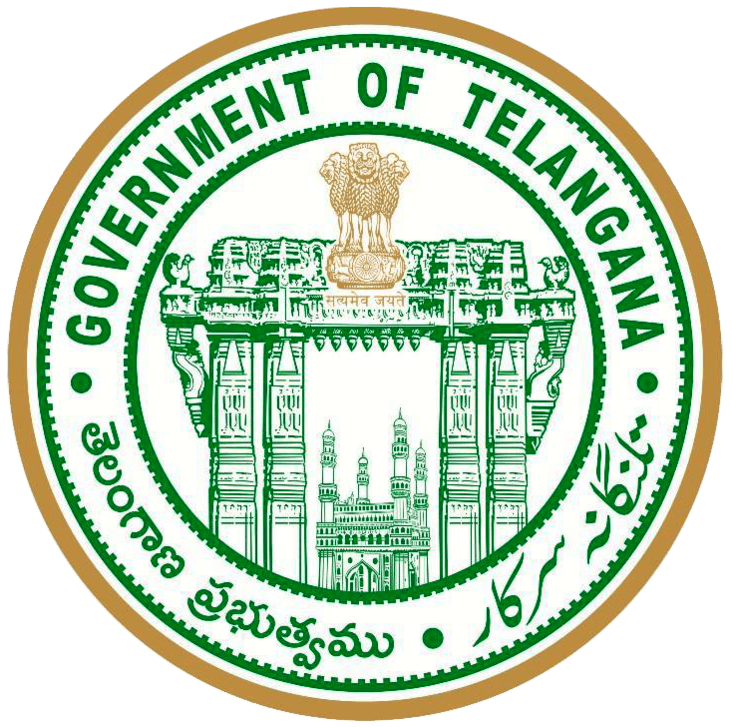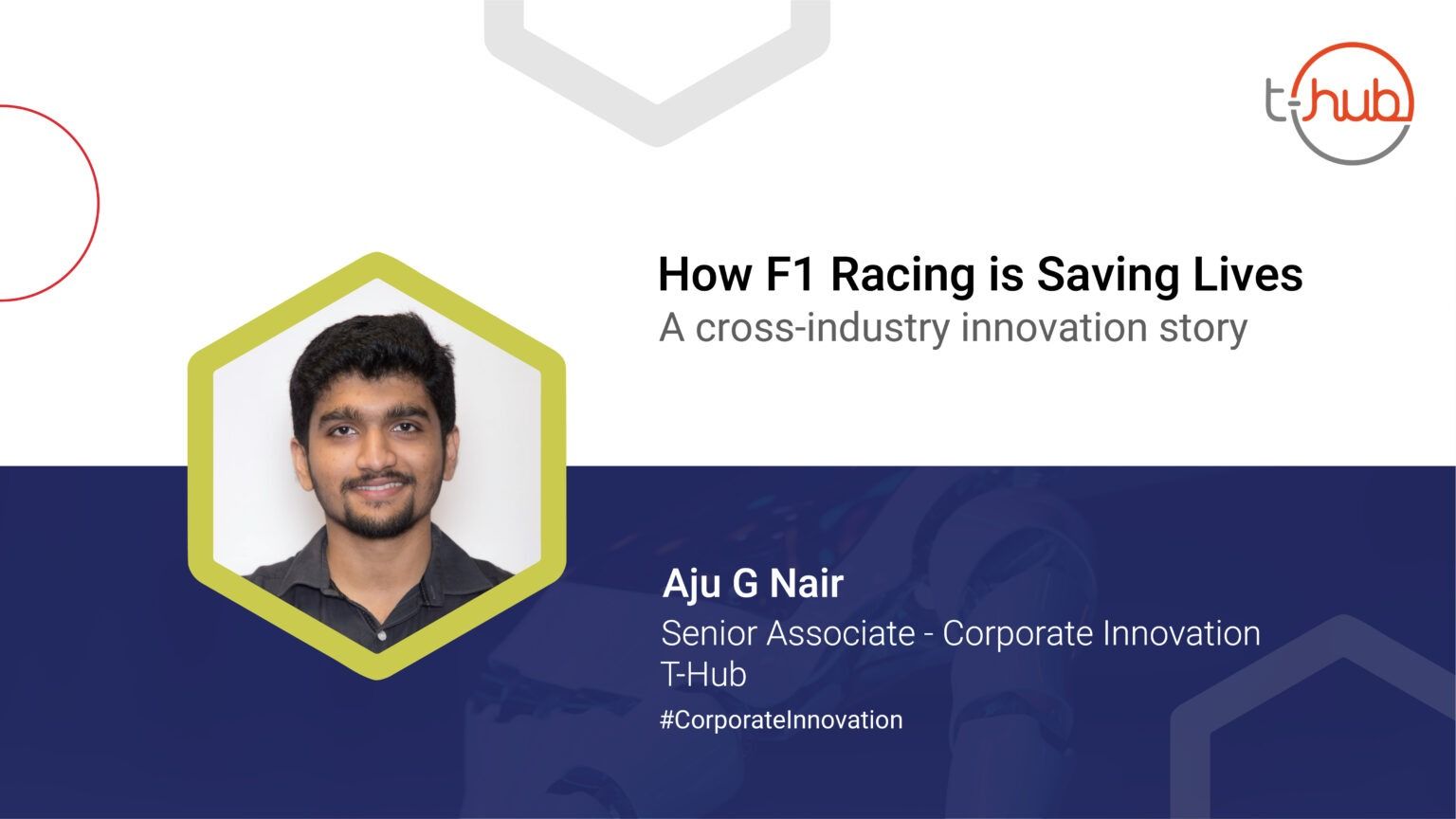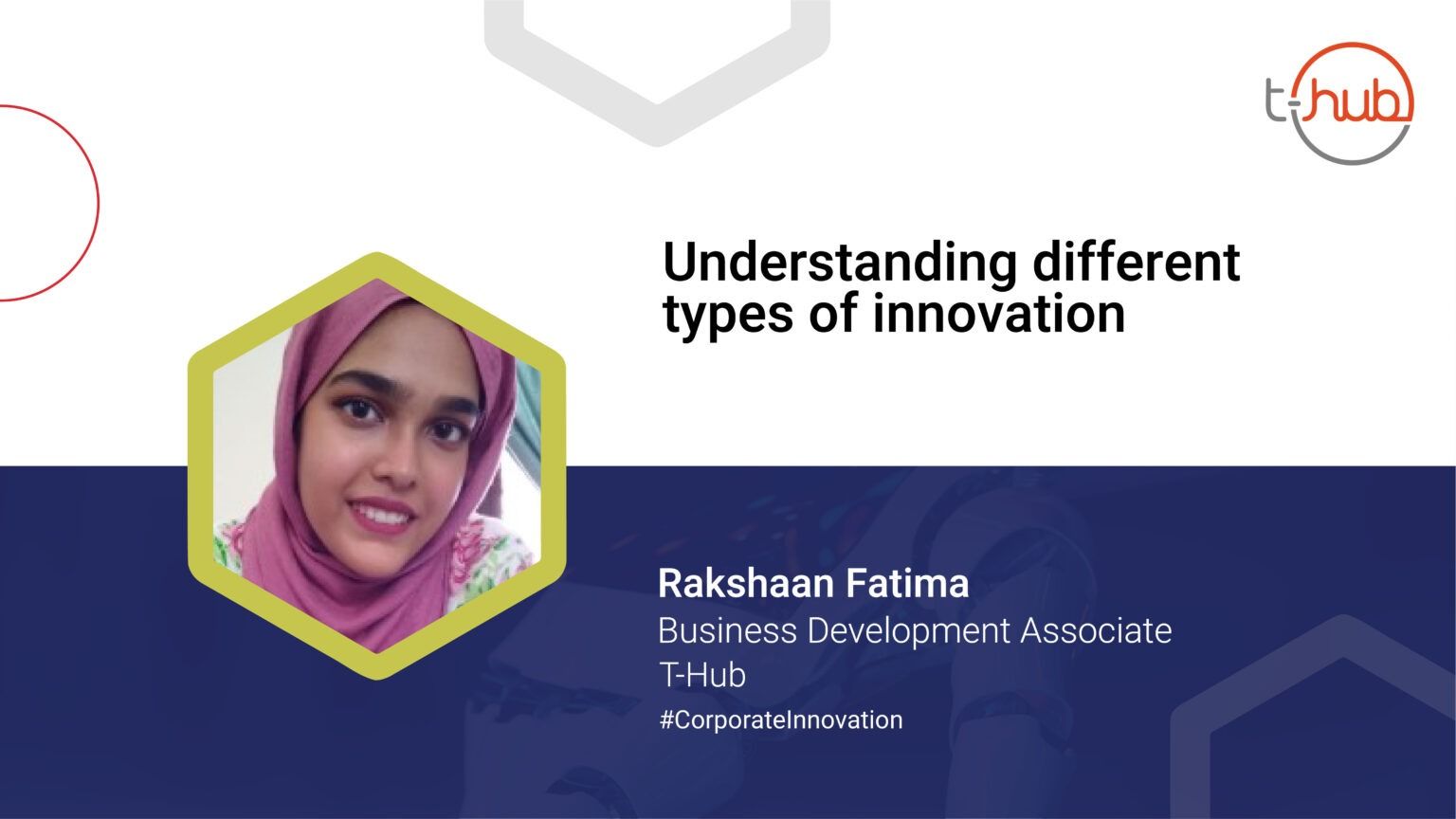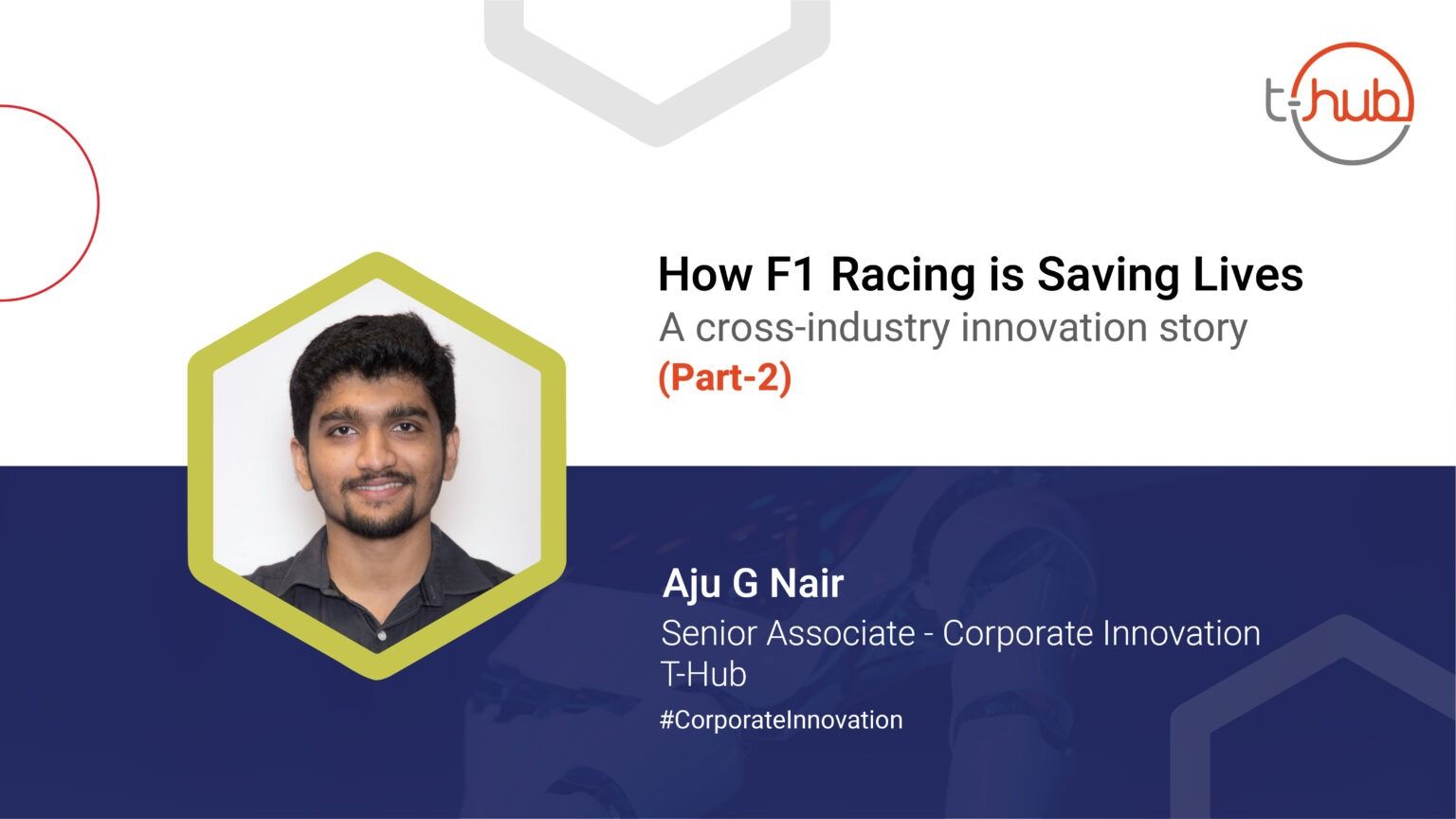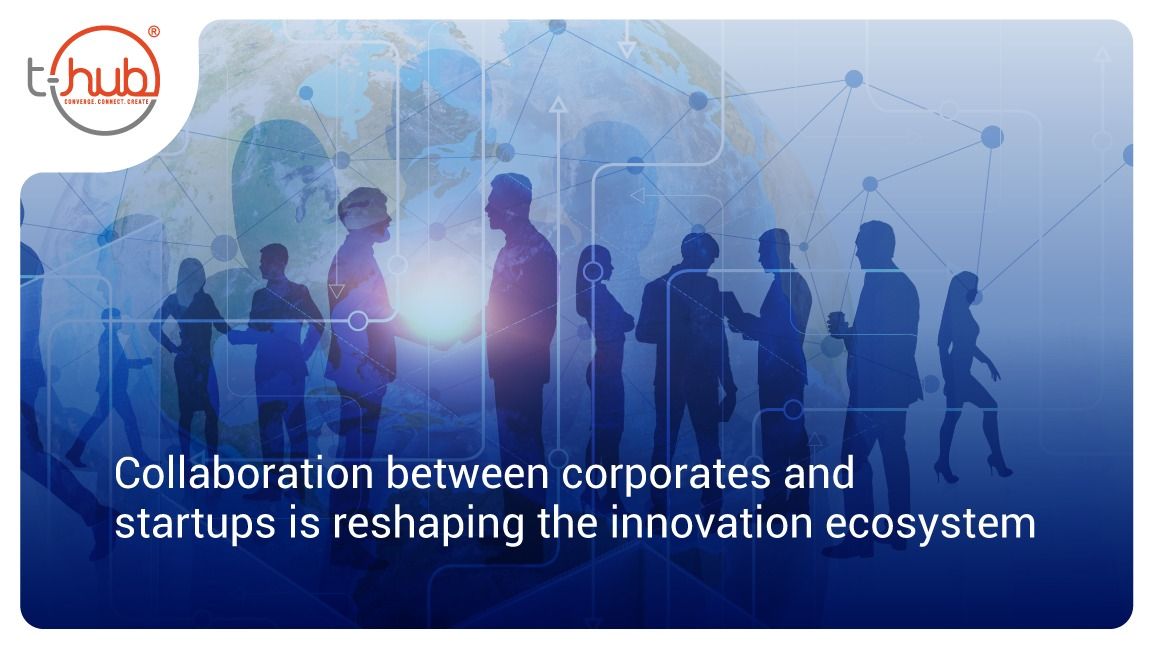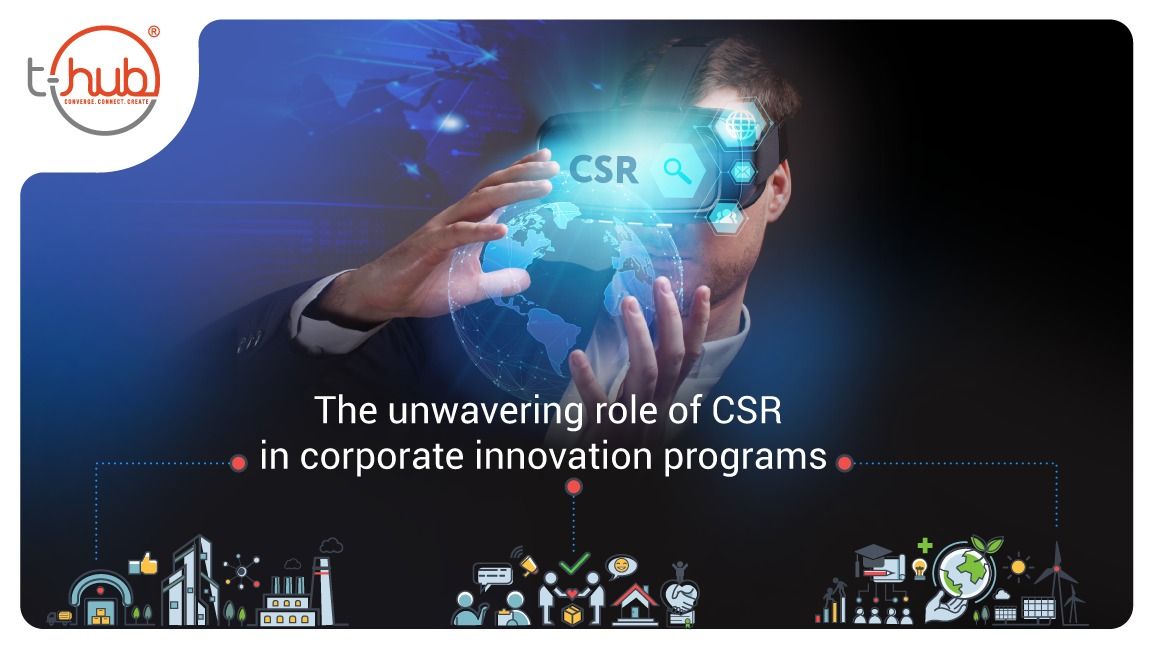A cross-industry innovation story
By the time you skimmed through those 7 words, an F1 pit crew will remove and replace all four wheels of a race car. The record – set by the Williams Racing team – stands at just 1.92 seconds… a remarkable testimony to team effort in a time-critical and very space-limited environment.
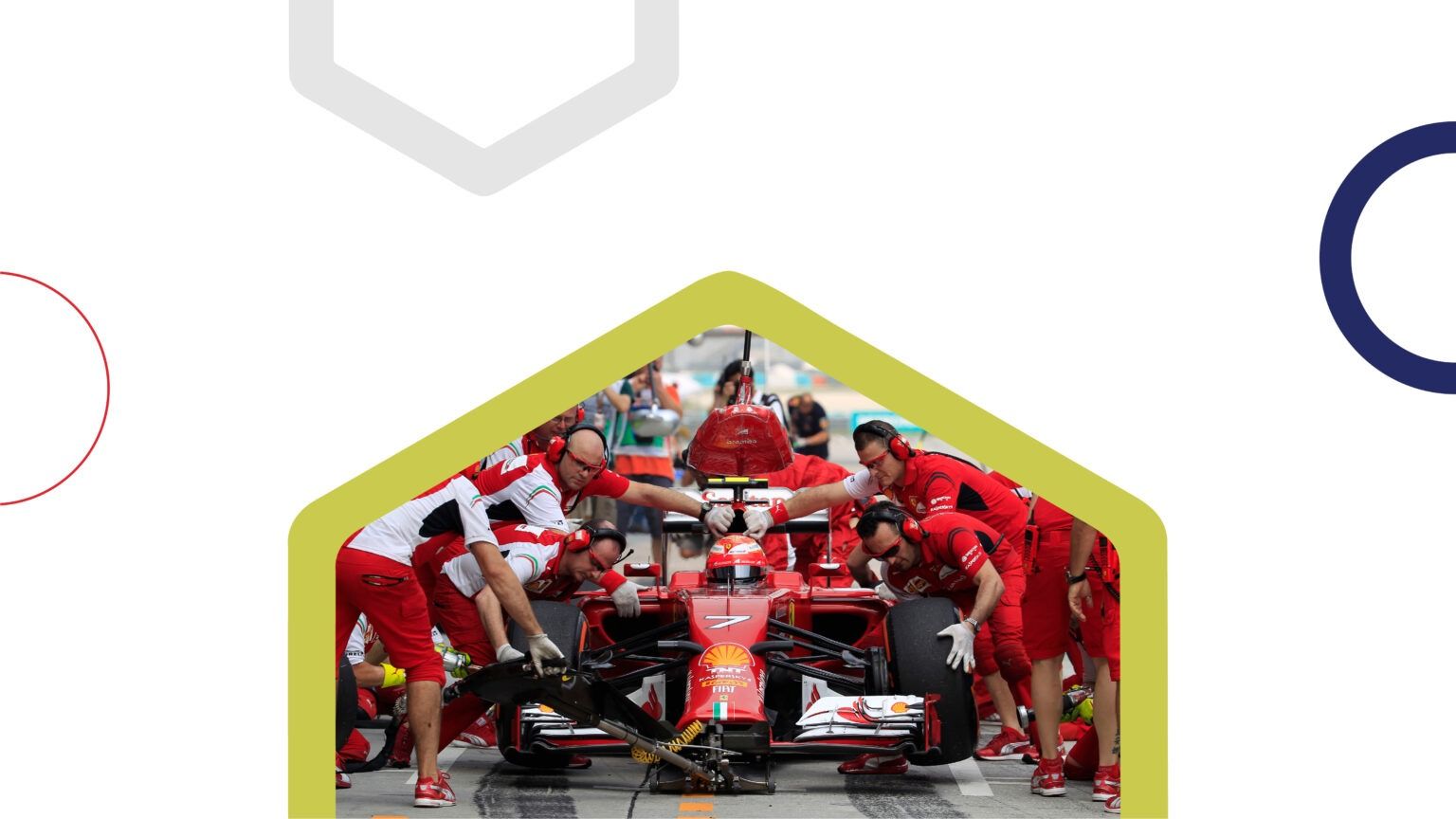
But this achievement is no accident. It is the product of innovation and tenacious attention to detail. Every step of the process – from the instant the race car skids to a halt to its release onto the track – is studied in minute detail. Each action is analysed to optimise efficiency. All possible pitfalls and problems are scenario planned.
Now translate this rigor to the life or death reality of a hospital floor. The parallels between these time-critical and hugely demanding environments are so striking that the healthcare industry has become the biggest benefactor of the cutting-edge technology innovation from F1 racing.
Improved patient safety
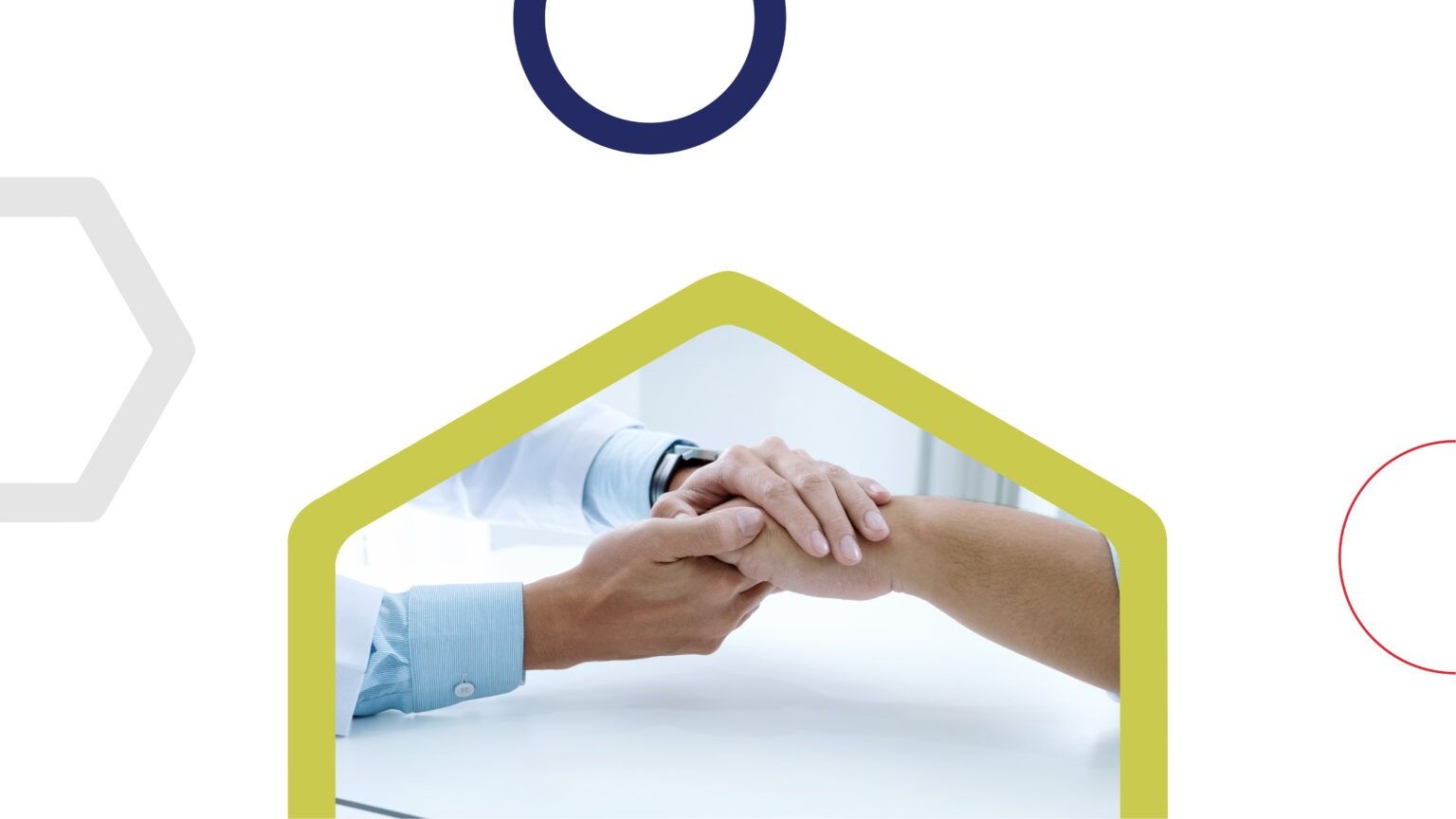
When Britain’s Great Ormond Street Hospital for Children wanted to lower the risk of moving patients from its operating room to the intensive care unit (ICU), it asked the Ferrari Formula 1 team for help.“The doctors saw [the Formula 1 pitstop process] as analogous to the team effort of surgeons, anesthetist, and ICU staff to transfer the patient, equipment, and information safely and quickly from operating room to ICU,” explained the authors of Benchmarking for Hospitals: Achieving Best-in-class Performance Without Having to Reinvent the Wheel.
After reviewing a video of the Great Ormond Street process, the Ferrari Formula 1 team suggested a new handover protocol with more sophisticated procedures and better-coordinated teamwork. As a result, the hospital reported improved patient safety and a reduction in error rates from 30% to 10%.
Augmenting surgical training
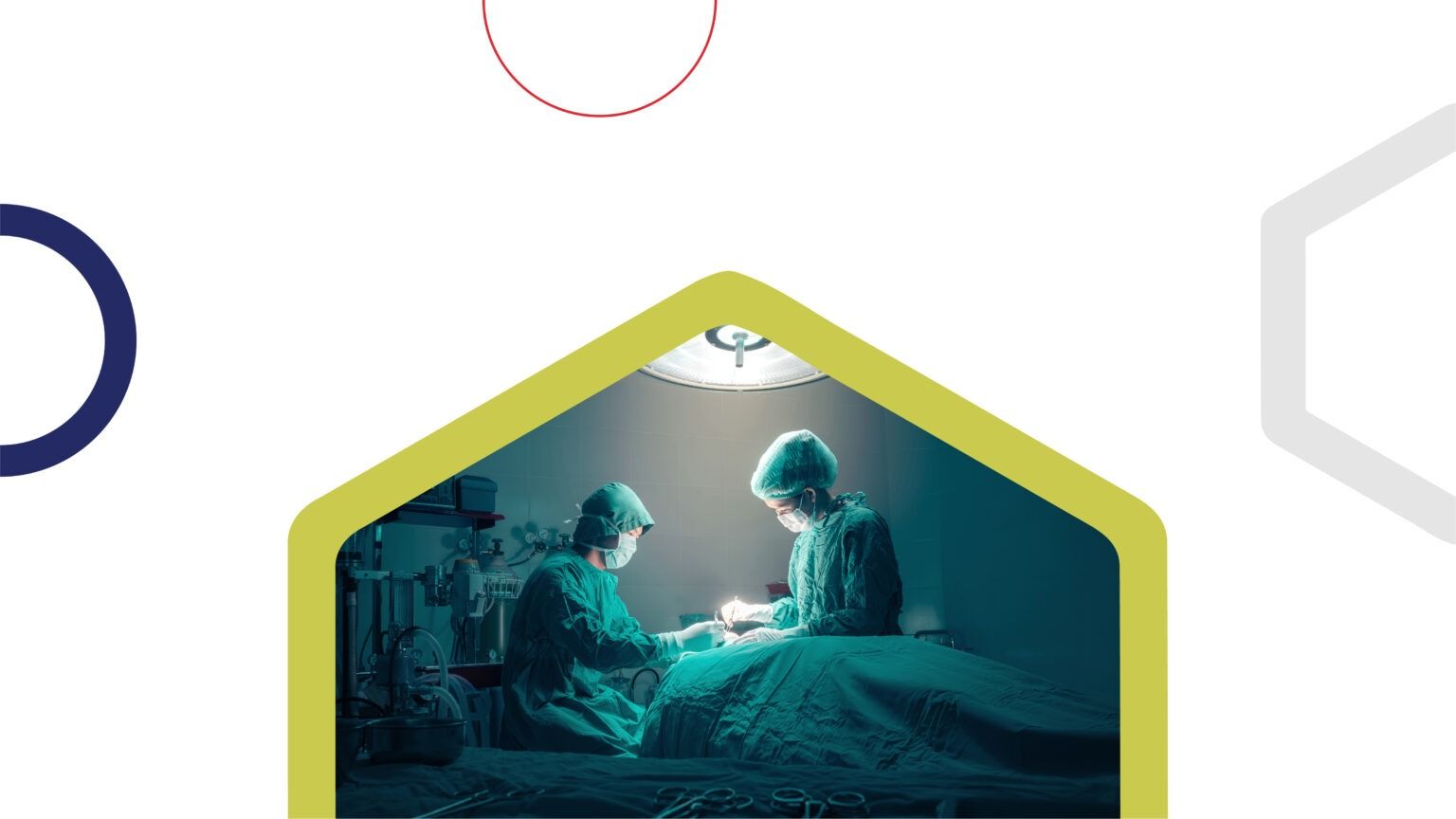
F1 pit crews can get a car back in shape in seconds, and this takes a massive amount of training and coordination. Surgeons perform a similar function for humans, and their training is arguably even more rigorous since they deal with life and death situations. In a collaboration between Mclaren and the University of Oxford, UK, a sensor was placed on a surgeon’s elbow during an operation to collect data which was then analysed in real-time by computers.
Surgeons then received prompt feedback on whether they were performing a procedure to the level of competence required. For patients, this could translate to safer and better outcomes after surgeries.
Transporting infants safely
When you’re traveling at 300 kilometers an hour, any crash could be lethal. But in F1, technological solutions have been developed to better protect drivers in the event of an accident. One key innovation is carbon fiber, which is a lightweight material estimated to be ten times stronger than steel. Using this carbon fiber, Williams Advanced Engineering (WAE), a subsidiary of the Williams Group in F1, and Advanced Healthcare Technology have created the Baby Pod 20—a transportation device capable of withstanding a 20 G-force crash. The Baby Pod 20 has been deployed in intensive care ambulances at the Great Ormond Street Hospital in the UK, providing unparalleled safety for babies as they are brought to the hospital for emergency care.
Cross-sector collaboration is key to fuelling innovation. By collaborating with other industries and disciplines, Formula 1 systems and innovations are now in use in many more surprising ways. The Netflix series Formula 1: Drive to Survive sensitised the behind-the-scenes strategy and hard work of this high octane sport, showing that the possibilities are endless for the world to drive inspiration from.
Innovation inspiration can be found in unusual places, domains, and people. It is always advised by successful corporate innovation practitioners to work with open innovation platforms to understand the innovation on a broader scale. T-Hub has been continuously enabling various corporations to innovate better. This is not the end of the blog, do look forward to part 2 of this amazing case study to explore more.
— Aju G Nair, Senior Associate – Corporate Innovation, T-Hub
We at T-Hub, power Corporate Innovation through high-impact partnerships and transform your business models for the better. Know more, https://bit.ly/31cBi71.
